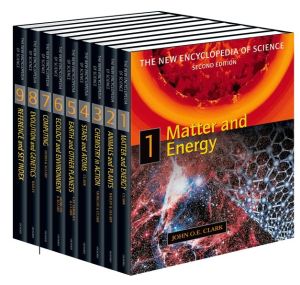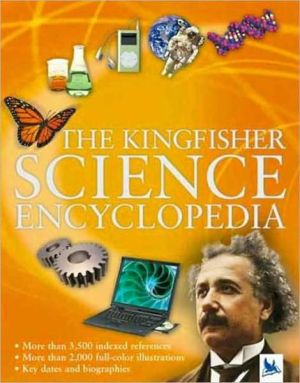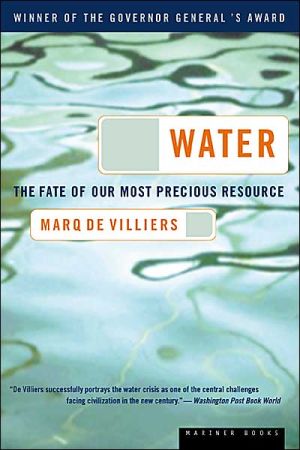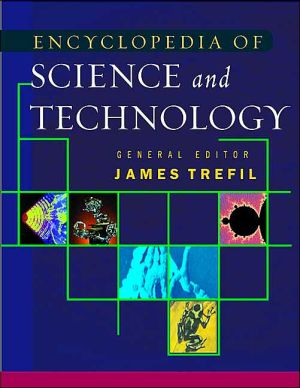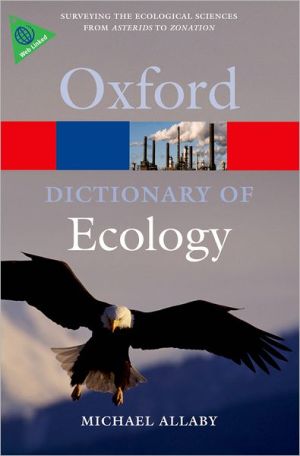The New Encyclopedia of Science
When The New Encyclopedia of Science appeared in 1995, it answered a pressing need for an easy-to-understand and up-to-date introduction to the world of science. In the eight years since the first edition, an astonishing number of major scientific breakthroughs have occurred, from the mapping of the human genome to important new work on global warming, string theory, Artificial Intelligence, the use of computers in medicine, the Internet,and much more. Now,in this newly revised and expanded...
Search in google:
Designed for middle and high school students, this encyclopedia contains a wealth of information, attractively presented with color diagrams, drawings, and photos. The first eight volumes are devoted to the subject areas of matter and energy, animals and plants, chemistry, stars and atoms, earth and other planets, ecology and environment, computing, and evolution and genetics. New to this edition is a ninth volume, which contains a cumulative index, bibliography, information on units of measurement and fundamental physical constants, a list of scientific institutions worldwide, and a list of science museums in the US and Canada. The volumes are clearly organized into sections that include timecharts, keywords and their definitions, a fact file, index, and the entries themselves. The second edition contains updated information on topics that include recent public health crises, new DNA sequencing technology, the impact of the oceans on climate, supernovas, new computer technology, and new superheavy elements. Nobel prizewinners and essential tables and concepts are included in the fact file of each volume. Annotation ©2003 Book News, Inc., Portland, OR School Library Journal Gr 6 Up-Organized with a keen eye toward currently hot topics, this revised and expanded version of the 1995 edition will be a popular choice for readers whose informational needs surpass what either general or specialized encyclopedias have to offer. Each volume takes on a swath of related topics, from Stars and Atoms to Computing, and Chemistry in Action to Ecology and Environment. Each book opens and closes with extensive quick-reference sections, sandwiching approximately 50 single-spread articles on somewhat broader subjects. The copious illustrations, a mix of sharply reproduced photos and digital art, expertly illuminate principles discussed in the text and present the occasional arresting image: a large cutaway of a steam locomotive, for instance, or a gorgeous shot of the vertical limestone peaks in China's Guilin Province. Cross references are confined to the glossaries, but each volume has an individual index, cumulated in a separate volume (a new feature of this edition) that also contains annotated lists of scientific organizations and recommended Web sites, among other features. Readers after biographical information, however, or science projects, will have to look elsewhere. This set doesn't match the Raintree Steck-Vaughn Illustrated Science Encyclopedia (Raintree, 1996) for breadth, but it does cover its chosen areas in greater depth, and frequently with more up-to-date information. Consider the New Encyclopedia as a replacement for the first edition, or as a significant collection strengthener for midsize or larger libraries supporting strong science programs.-John Peters, New York Public Library Copyright 2003 Reed Business Information.
Contents:Vol.1 -Matter and Energy Vol.2 -Animals and Plants Vol.3 -Chemistry in Action Vol.4 -Stars and Atoms Vol.5 -Earth and Other Planets Vol.6 -Ecology and Environment Vol.7 -Computing
\ School Library JournalGr 6 Up-Organized with a keen eye toward currently hot topics, this revised and expanded version of the 1995 edition will be a popular choice for readers whose informational needs surpass what either general or specialized encyclopedias have to offer. Each volume takes on a swath of related topics, from Stars and Atoms to Computing, and Chemistry in Action to Ecology and Environment. Each book opens and closes with extensive quick-reference sections, sandwiching approximately 50 single-spread articles on somewhat broader subjects. The copious illustrations, a mix of sharply reproduced photos and digital art, expertly illuminate principles discussed in the text and present the occasional arresting image: a large cutaway of a steam locomotive, for instance, or a gorgeous shot of the vertical limestone peaks in China's Guilin Province. Cross references are confined to the glossaries, but each volume has an individual index, cumulated in a separate volume (a new feature of this edition) that also contains annotated lists of scientific organizations and recommended Web sites, among other features. Readers after biographical information, however, or science projects, will have to look elsewhere. This set doesn't match the Raintree Steck-Vaughn Illustrated Science Encyclopedia (Raintree, 1996) for breadth, but it does cover its chosen areas in greater depth, and frequently with more up-to-date information. Consider the New Encyclopedia as a replacement for the first edition, or as a significant collection strengthener for midsize or larger libraries supporting strong science programs.-John Peters, New York Public Library Copyright 2003 Reed Business Information.\ \
